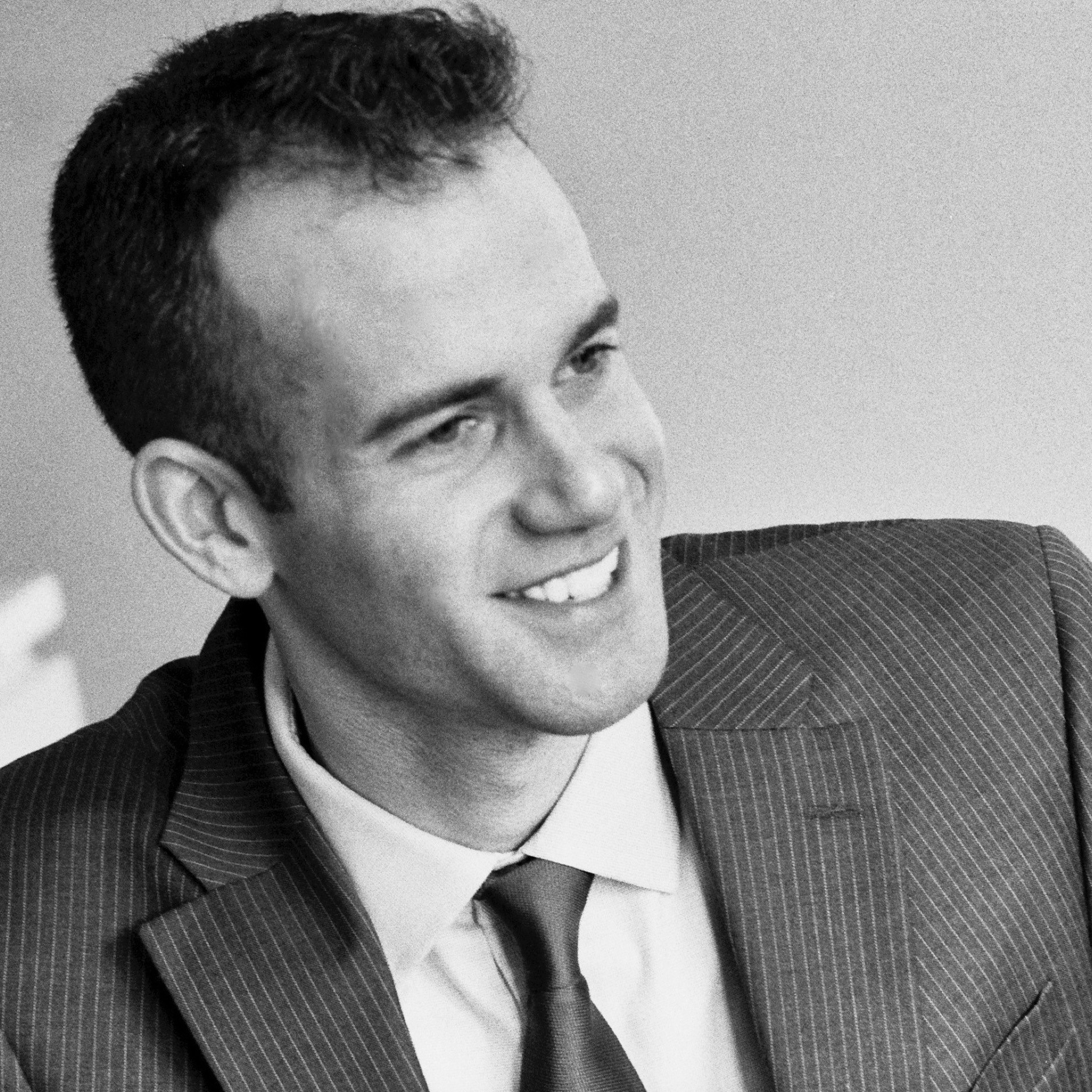We Built What Insurance Customers Wanted…but Where are They?
Customer research is nothing new in insurance. For years, the industry has surveyed and focus-grouped customers to hear their thoughts on new ideas, provide feedback on existing solutions, and try to glean the best path ahead. Yet, despite those efforts, the industry has struggled with adoption of mobile apps, usage-based insurance, self-service offerings and more. The pandemic lead to greater adoption of many of these things, but there is still much room for improvement in adoption of the things customers supposedly told us they wanted.
I have had the pleasure of sitting in on many of these focus group sessions and administering thousands of surveys. More importantly, I’ve gotten to see how the results of this customer outreach have been interpreted and presented to decision makers. Often, what customers really want isn’t what we focus on. Instead, we recast their preferences around what we are already working on or believe we could do.
For example, I saw how customers wanted to receive certain information when they were asked in a survey. The carrier was already working on the solution customers listed as their third-most-desired method, which sounded like a win. When it came time to present this insight to leadership, the story was that they were delivering one of the top-three things customers asked for.
The only problem is that, after customers’ first and second choices, the remaining eight were selected by fewer than 10% of respondents. That is, customers did not actually want the third-highest-rated option. They wanted the first or second, and nothing else.
We do this kind of thing to different degrees and in different ways, and it’s understandable. When we get ideas from customers, we have to pass them through the lens of what is possible technologically, logistically, budgetarily, regulatorily, and more. Through this process, we filter those customer wants down into something that customers often don’t actually want. And then we struggle to understand why adoption doesn’t materialize.
Do Start-ups Do It Better?
We have seen a raft of start-up insurers and MGAs enter the market, with simple, digital, easy-to-use tools and processes that garner a lot of attention. And while most of these players are still small by industry standards, many are quite large by start-up standards, implying some level of success in offering something that appeals to customers.
Why is that? And, perhaps more importantly, can existing players find equal success, or must you be a start-up?
It isn’t the fact that start-ups are start-ups that allows them to build things customers adopt. Instead, it’s their ability to remove the lenses and filters between what they hear from customers and what they build for customers.
This is a choice anyone can make.
Start-ups gather the right people in the room to work through what customers want, and challenge each other when they move away from that customer desire, or if they come to a wall of seeming-impossibility. Many of those people work directly with customers on the front lines, bringing an “at the coal face” view into the room to ensure the customers’ reality is always present, even when customers themselves aren’t. These start-ups take an engineering approach to problems where every problem can be solved, it just may be hard or take another way of looking at it.
Incumbents Can Do It, Too
This may be easier without legacy systems, policies and procedures, politics, etc., to be sure. But it isn’t impossible to mirror even with those things. The key is to always come back to what the customer actually said they want, and whether what you’re building is still meeting that desire.
Last year, I saw two similar insurers both embark on a new digital strategy, with one involving customers and employees, and the other involving the best and the brightest from across their leadership ranks. Looking at what they’re building and how they’re implementing things, you can see a stark difference in their likelihood of success with their various digital efforts. Much of that difference exists in seemingly-subtle nuances that, if you see what customers said they wanted, you can understand why the two companies aren’t aligned.
You can guess which one of the plans is more likely to resonate with customers.
From the research in my book series, I found time and time again that, when the voice of the customer was only present in a piece of the ideation, design, testing or roll-out process, solutions were much more likely to fall flat. However, when they were brought in throughout the process, solutions were much more likely to be adopted and engaged with.
